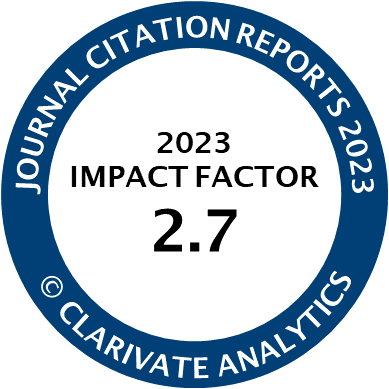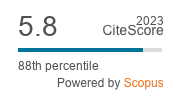Review | Open Access
Adolescent Cellphone Use While Driving: An Overview of the Literature and Promising Future Directions for Prevention
| Views: | 8647 | | | Downloads: | 4674 |
Abstract: Motor vehicle crashes are the leading cause of death in adolescents, and drivers aged 16–19 are the most likely to die in distracted driving crashes. This paper provides an overview of the literature on adolescent cellphone use while driving, focusing on the crash risk, incidence, risk factors for engagement, and the effectiveness of current mitigation strategies. We conclude by discussing promising future approaches to prevent crashes related to cellphone use in adolescents. Handheld manipulation of the phone while driving has been shown to have a 3 to 4-fold increased risk of a near crash or crash, and eye glance duration greater than 2 seconds increases crash risk exponentially. Nearly half of U.S. high school students admit to texting while driving in the last month, but the frequency of use according to vehicle speed and high-risk situations remains unknown. Several risk factors are associated with cell phone use while driving including: parental cellphone use while driving, social norms for quick responses to text messages, and higher levels of temporal discounting. Given the limited effectiveness of current mitigation strategies such as educational campaigns and legal bans, a multi-pronged behavioral and technological approach addressing the above risk factors will be necessary to reduce this dangerous behavior in adolescents.
Keywords: accidents prevention; adolescent; cell phones; distracted driving; text messaging
Published:
© M. Kit Delgado, Kathryn J. Wanner, Catherine McDonald. This is an open access article distributed under the terms of the Creative Commons Attribution 4.0 license (http://creativecommons.org/licenses/by/4.0), which permits any use, distribution, and reproduction of the work without further permission provided the original author(s) and source are credited.




